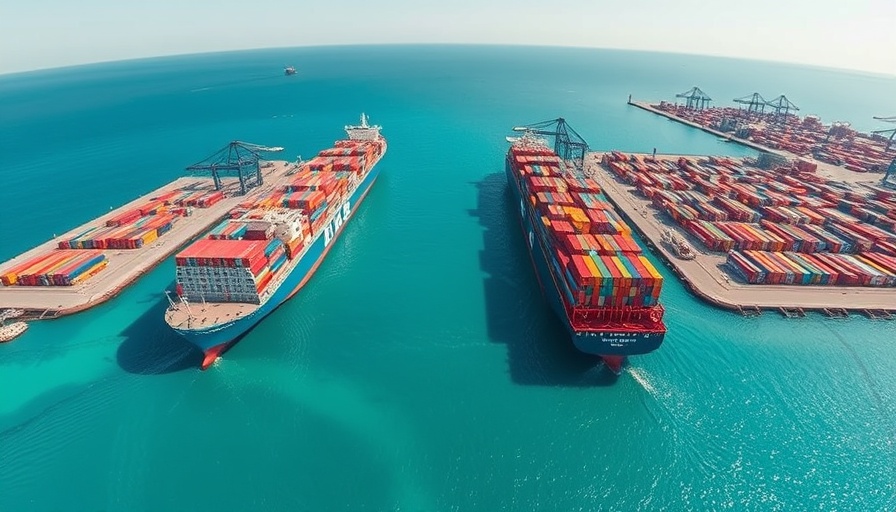
The Significance of the First Joint Sail Between the Philippines and India
In a pivotal moment for maritime cooperation, the Philippine and Indian navies have conducted their inaugural joint sail in the South China Sea. This significant event marks a step forward in strengthening bilateral ties amidst rising tensions in the region, particularly concerning China’s expansive territorial claims. As the Philippine President Ferdinand Marcos embarks on a state visit to India, the joint exercise signals a broader commitment to enhancing security partnerships within the Indo-Pacific.
Background: Maritime Cooperation Against a Shared Threat
The background to this historic exercise is rooted in the Philippines’ increasing military collaborations with various global powers aimed at countering China’s assertive posture in the South China Sea. Since late 2023, Manila has actively participated in maritime cooperative activities with countries like the United States, Japan, Australia, and France. These efforts form a tapestry of military arrangements designed to bolster regional security, especially in contested waters critical for global shipping, where around $3 trillion of annual commerce flows.
The Participants: A Show of Naval Strength
This joint sail featured prominent vessels from both navies: India deployed its guided missile destroyer INS Delhi, along with the tanker INS Shakti and corvette INS Kiltan. The Philippine side introduced two frigates, BRP Miguel Malvar and BRP Jose Rizal. This display of naval strength not only deepens defense relations but also showcases a united front in maritime operations.
Future of Regional Security: Broadened Alliances
Looking ahead, the implications of this cooperation could reshape regional security dynamics. The Philippine military chief, Romeo Brawner, noted that this joint passage was conceived during his discussions with his Indian counterpart in March. With the backdrop of ongoing territorial disputes in the South China Sea, the navigation by these ships inside the Philippines’ exclusive economic zone (EEZ) demonstrates a commitment to shared security interests and a stand against external bullying.
Chinese Response: Diplomatic Challenges Ahead
China's response has been predictably wary. The Foreign Ministry stressed that resolution of territorial disputes should involve direct talks between the concerned parties, without third-party interventions. This diplomatic stance highlights the ongoing complexities surrounding territorial claims in the South China Sea, where China's assertiveness has frequently raised concerns among its neighbors.
Broader Implications for Defence and Cooperation
President Marcos’ trip to India coinciding with this military exercise emphasizes the multifaceted approach to strengthening ties beyond defense collaborations. Areas highlighted include pharmaceuticals and agriculture, showing a holistic view towards mutual benefit. Such endeavors suggest that the Philippines is not just seeking military alliances but also economic partnerships that can contribute to national resilience.
The Larger Picture: Collaborative Efforts in an Uncertain Region
The joint sail can be seen as part of a wider trend in the Indo-Pacific, where nations are navigating heightened tensions with enhanced cooperation. The Philippines’ strategic pivot is not just about countering a potential adversary but also about securing partnerships that foster stability and peace in a region witnessing significant geopolitical shifts.
Conclusion: A Call for Continued Engagement
As the Philippines and India forge a path of increased collaboration, the importance of maritime security in the South China Sea cannot be overstated. By embracing teamwork on the water, these nations exhibit a shared vision to safeguard their interests against external pressures. For stakeholders within the region and beyond, this exercise presents an opportunity to reflect on the power of alliances in a time when the stakes in maritime operations are higher than ever. It shows that in the face of common challenges, there is strength in numbers, and collaboration is essential.
 Add Row
Add Row  Add
Add 




Write A Comment